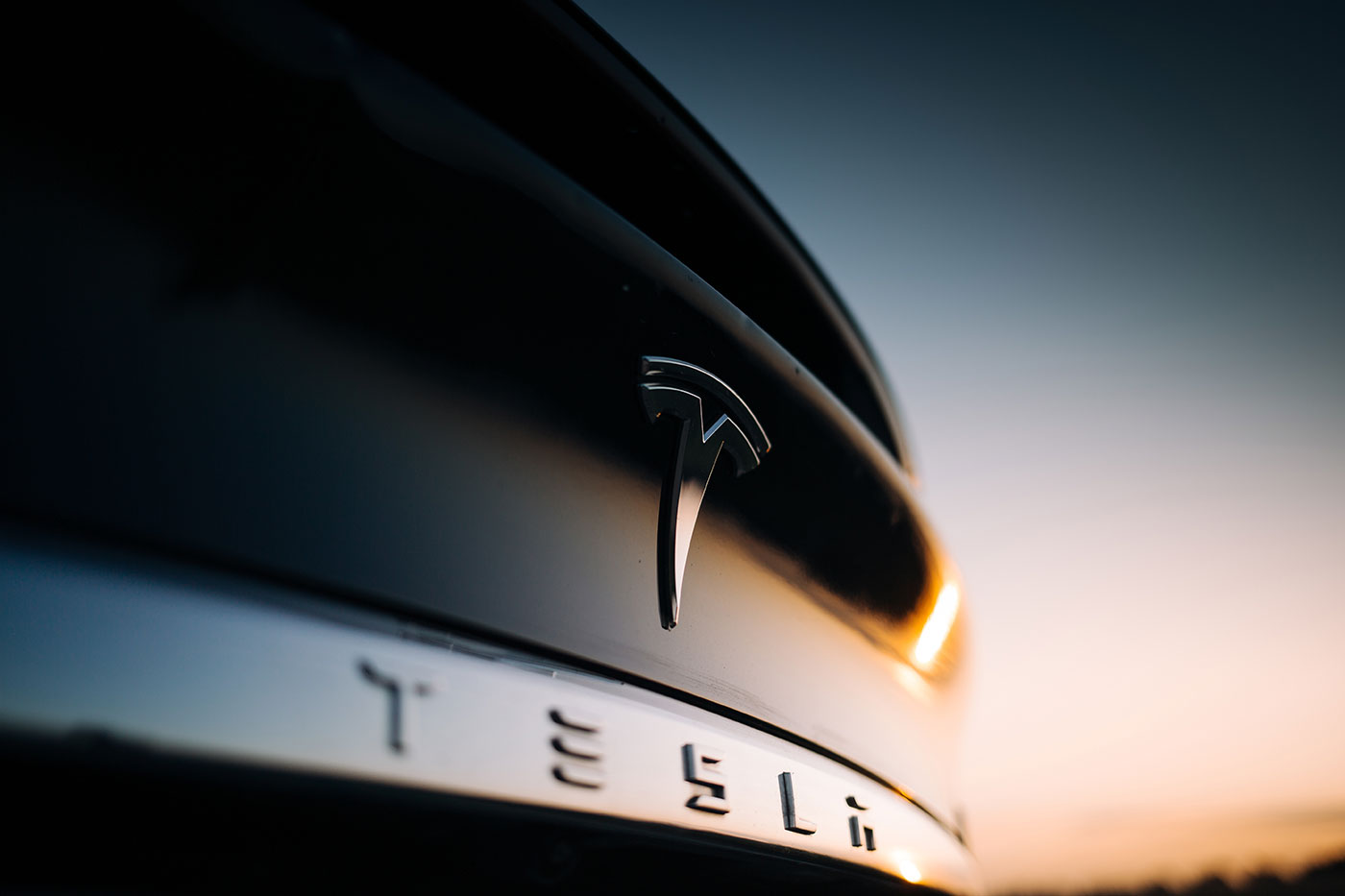With more than 141 million shares exchanging hands each day, Tesla (TSLA) ranks high on the list of the most important stocks on the market. Its shares closed Friday at $167.98, down 2.38%, and losing 1.2% for the week. But the decline on Friday wasn’t supposed to happen, or so the market thought.
Tesla CEO Elon Musk had announced a new head of Twitter, naming former NBCUniversal ad executive Linda Yaccarino as the company’s new CEO on Friday. In a statement, Musk said that Yaccarino would focus “primarily on business operations” while he focuses on product design and new technology. “Looking forward to working with Linda to transform this platform into X, the everything app,” Musk wrote Friday.
When the Twitter deal closed on October 28, Tesla stock traded at $228.52. Two months later, its shares reached a low of $108, losing some 52% of their value. The reason for the decline was driven by the belief that Musk’s $44 billion purchase of Twitter was a risk to Tesla shares. Investors questioned Musk’s ability to effectively lead both Tesla and Twitter, while also running rocket company SpaceX.
How the Twitter deal was financed was also a cause of anxiety for long-time Tesla investors. Raising the cash for Twitter required Musk to sell off some of his Tesla stock. However, now that Yaccarino has been named Twitter CEO, Tesla shares didn’t respond the way investors expected. Tesla stock initially jumped closed to 3% on the announcement, before falling by the close of trading Friday. Some investors were left scratching their heads.
One possible reason for the stock falling could be a belief that Musk would still be heavily involved in the day-to-day operations of Twitter. He said on Friday that his role at Twitter will transition to being executive chair and chief technology officer at the company. The stock’s muted response to the Twitter CEO announcement is one thing; however, the bigger picture is also about Tesla’s fundamentals. Since reaching its 2023 high of $217.65 on February 16, the shares have fallen 23% based on Friday’s close.
With the recent decline, including losing 7% of its value over the past thirty days, and 14% in six months, there is still tons of value in the shares, but there’s also the glass-half-full perspective. Despite of all of that, including the recent declines, Tesla shares are up 36% year to date, besting the 7% rise in the S&P 500 index. Notably, this is in the face of increased competition from the likes of EV startups such as Nio (NIO), Li Auto (LI), Rivian (RIVN) and Lucid (LCID).
Tesla’s messaging to its competitors have been swift and fearless, lowering prices to boost its market share and challenging other EV competitors follow suit. The first price cuts were announced on Jan. 6, with cuts in China and key Asian markets. This was followed by cuts in both the U.S. and Europe, where the company made additional discounts on Model S and Model X prices as recently as March 5.
While the price cuts haven’t produced the the level of demand investors expected, particularly in terms of deliveries, the company’s increased focus on its growth strategy, production, and profit margins will be a key driver for the stock in 2023. For now, while there are still some questions about Tesla’s first half 2023 results, namely gross margin improvement, the stock is now more attractive from a risk-versus-reward perspective, regardless of the muted response to Twitter’s new chief. My price target remains $220, which is roughly a 30% premium from current levels.
The views and opinions expressed herein are the views and opinions of the author and do not necessarily reflect those of Nasdaq, Inc.
Image and article originally from www.nasdaq.com. Read the original article here.

